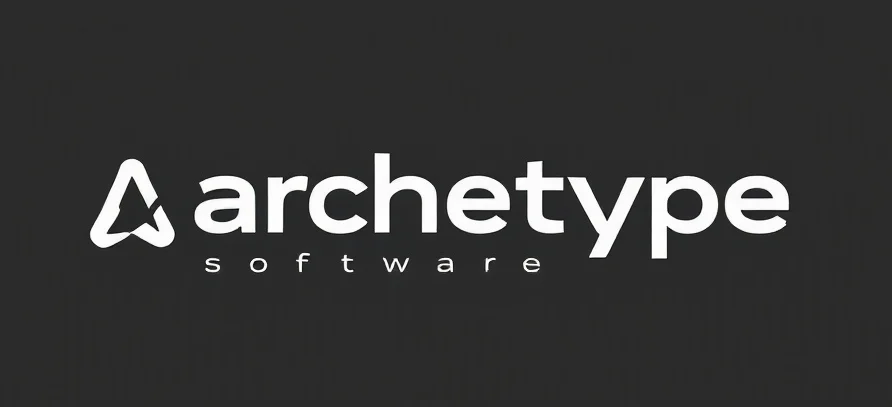Video Analytics: Redefining the Way We See Data
We’ve all seen it in sci-fi movies: a world where every move is tracked, analyzed, and interpreted by an omnipresent AI. But the reality of video analytics is less dystopian and more about augmenting human decision-making. Dive into the details in this video analytics article, where the nuances of this technology are explored.
Video analytics isn’t about creating a Big Brother society; it’s about providing us with a richer tapestry of insights. It’s like having an extra pair of eyes—ones that never tire, never blink, and can process visual data at speeds that make our human brains look like they’re running on dial-up. Learn more about Software Solutions for Amazon Retail Arbitrage Success to see how such insights can be applied in retail.
The Nuts and Bolts of Video Analytics
Let’s demystify this beast. At its core, video analytics leverages algorithms to process real-time video streams, extracting actionable insights. Picture it as an intern on steroids, one who can parse through terabytes of video footage without breaking a sweat.
It involves object detection, facial recognition, and even motion detection. Imagine a retail store using it to understand customer behavior—watching how they navigate aisles, which products catch their eye, and how long they linger. This data can then be used to optimize store layouts or marketing strategies. Explore the possibilities with Blog vs Vlog: Software Solutions for Developers to further enhance your strategies.
Transformative Potential
Now, why should you care? Because video analytics is shifting paradigms in multiple sectors. In healthcare, it’s being used to monitor patient movements and predict falls before they happen. In transportation, it manages traffic flow and enhances safety by identifying potential hazards in real-time.
Even in security, where the need for vigilance is paramount, video analytics is a game-changer. It can alert human operators to anomalies, allowing for quicker response times. It’s not just about surveillance; it’s about proactive risk management.
Keeping it Human-Centered
But let’s not get carried away, imagining a world run by AI overlords. The key to successful video analytics implementation is keeping it human-centered. This means ensuring transparency, maintaining privacy, and most importantly, understanding that AI is a tool—not a replacement for human intuition.
As with any tool, the magic happens when we use it to complement human abilities, not supplant them. Video analytics should be seen as a collaborative partner, one that enhances our capabilities and provides insights that were previously out of reach. Consider how Amazon Extension: Crafting Precise Software Solutions can assist in creating human-centered tools.
Actionable Recommendations
So, what can you do with this information? First, assess the potential of video analytics in your industry. Identify areas where visual data could provide insights you currently lack. Invest in pilot projects to test the waters while keeping a close eye on the ethical implications.
Secondly, stay informed. The field of video analytics is rapidly evolving, and staying updated with the latest developments will ensure you leverage the technology to its fullest potential.
Finally, remember the intern analogy. Just like an intern, video analytics needs guidance, training, and a clear set of objectives. Define these, and you’ll find this technology to be an invaluable asset in your toolkit.
Checkout ProductScope AI’s Studio (and get 200 free studio credits)

